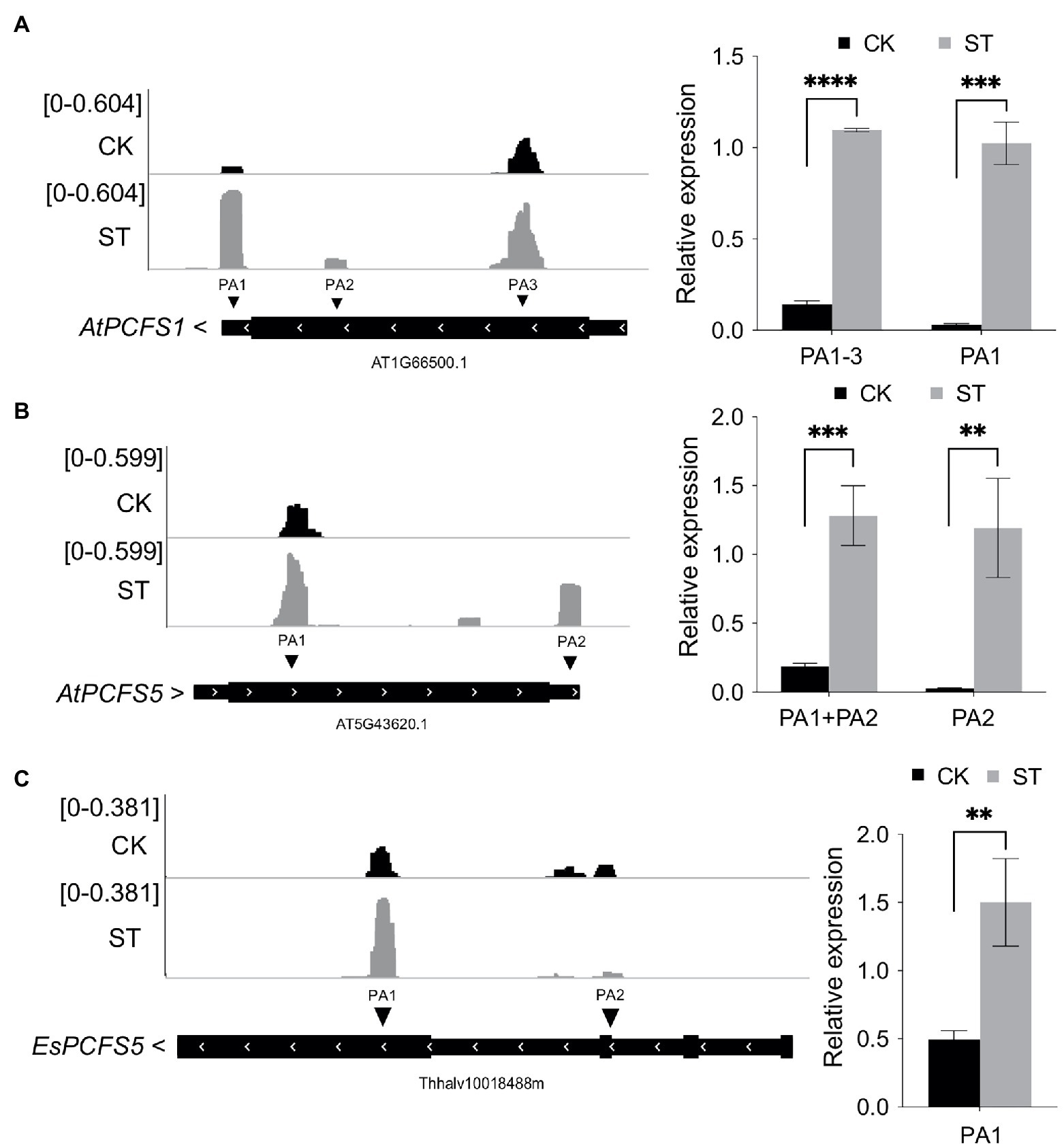

TiCl 4, AlCl 3, ZnCl 2, BCl 3, SiCl 4, FeCl 3, MgCl 2 and SbCl 5 are Lewis acids used as catalysts, but the most extended one is the BF 3/amine complex.

If the initiation step is catalyzed by Brönsted or Lewis acids, the propagation takes place via a cationic mechanism.

Nucleophilic opening of the epoxide group favoured by coordination with hydroxyl groups Thus, from a diepoxide, crosslinked structures can be obtained by the use of the adequate initiator and conditions.Īnionic polymerization can be promoted by several initiators with high nucleophilic character or strong basic characteristics, but in the field of epoxy thermosets the most extended anionic initiators are tertiary amines, such as 1-methyl imidazole (1-MI) or 4-(N,N-dimethylamino)pyridine (DMAP) ( Figure 8). In these initiated curing systems, the functionality of the epoxide group is two and therefore the global functionality of a diepoxy resin is four. This ring-opening mechanism is similar in terms of the kinetics to poly-addition since it presents an initiation step, a propagation and finally a termination, but mechanistically it is more complex and leads to the introduction of heteroatoms in the network structure.

These initiators are used in catalytic amounts and promote the homopolymerization of epoxides via the ring-opening polymerization (ROP). Commonly used initiators include Lewis bases such as tertiary amines or imidazoles for anionic chain polymerization, and Lewis acids such as boron trifluoride complexes or other metal salts. The other main group of curing agents used is the one of initiators. The reaction of epoxy with amines is depicted in Figure 4.Ĭuring mechanism of epoxides with anhydrides in the presence of tertiary amines Considering that primary amines account for a functionality of two and secondary for a functionality of one, usually primary diamines are used. In this system, DGEBA is bifunctional and a requirement for the amines is that they must be multifunctional (more than two reacting groups). Among them, the most used curing agents for epoxy resins are primary and secondary amines. Polycondensation curing mechanisms require an accurate knowledge of the stoichiometry of the system. Once active centers are generated, they produce primary chains by the consecutive addition of monomers through the propagation step of the reaction. The ion may be generated by thermal treatment or by an adequate source of irradiation. In the case of epoxides, the initiation step produces an ion (either an anion or a cation) that is called the active center of the polymerization. Ĭhain growth polymerization (ring opening) is characterized by the occurrence of initiation, propagation, chain transfer and termination steps. In this case curing agents like amines, alcohols, anhydrides, isocyanates or acids have been used in stoichiometric ratio. Each independent step causes the disappearance of two co-reacting sites and creates a new covalent bond between a pair of functional groups. Step growth polymerization (polycondensation) proceeds via a step-by-step succession of elementary reactions between reactive sites. Epoxy polymers can be produced by step or chain growth polymerizations or, eventually, by a combination of both mechanisms. 3 Curing agentsĬrosslinked epoxy polymers are obtained by the reaction of epoxy monomers with curing agents (co-monomers or initiators). The functionality of the epoxy monomers depends on the curing system used and will be discussed below, but a necessary condition for the formation of a network is that at least one of the monomers involved in the reaction has a functionality higher than two, since the global functionality of the system to reach a network structure is a minimum of 4. The functionality of an epoxy monomer is defined by the number of arms (bonding sites) that participates in the formation of the polymer network. This transformation is generally referred to as curing.įrom a fundamental point of view, thermosetting epoxy polymers may be defined as polymer networks obtained by a chemical reaction of monomers, which contain two or more epoxy groups per molecule (a functionality equal to or higher than 2). Structures of several commercially available epoxy resinsĮpoxy resins are capable of reacting with different active compounds known as curing agents (with or without catalyst) or with themselves (via an initiator) to form solid, crosslinked materials.


 0 kommentar(er)
0 kommentar(er)
